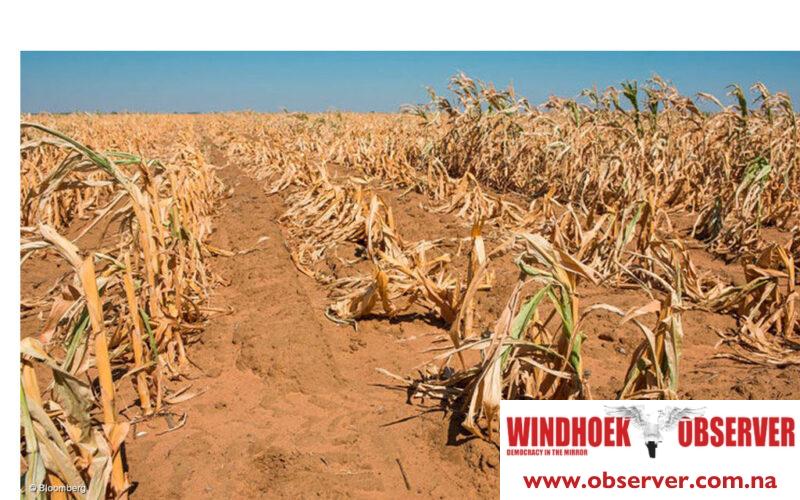Niël Terblanché
The large-scale food insecurity crisis in Namibia will need immediate and sustained interventions to protect vulnerable communities and ensure the long-term sustainability of food systems in the country.
With approximately 1.1 million citizens facing acute food shortages, the dire need for determined action has once again been put in the spotlight.
The number of people left vulnerable by the drought accounts for nearly half of the country’s population and highlights the growing impact of prolonged drought and escalating food prices.
The latest Integrated Food Security Phase Classification (IPC) report, released in conjunction with the Office of the Prime Minister, underscores the gravity of the situation.
According to the report, regions like Kunene, Hardap, Kavango East, and Kavango West are bearing the brunt of the crisis.
An alarming ten percent of the population in the Kunene region is classified as being in a state of emergency, indicating critical levels of food insecurity.
According to the report, five percent of the population in Hardap, Khomas, Omaheke, Ohangwena, Zambezi, Kavango East, and Kavango West are also in the emergency phase, a clear sign of widespread vulnerability.
The report states that the primary drivers of this crisis include poor harvests, particularly in the traditional crop-growing regions of northern Namibia, exacerbated by the ongoing drought.
Livestock conditions have also deteriorated significantly, with most animals in regions such as Erongo and Omaheke suffering from poor body conditions due to the unavailability of pasture.
Mortality rates among livestock are expected to rise in all affected areas, adding to the challenges faced by farmers while the drought continues.
Adding to the woes of the Kunene region is the recent outbreak of anthrax and contagious bovine pleuropneumonia (lung sickness), which has resulted in significant livestock deaths, further aggravating the food security situation.
According to the report, human-wildlife conflict, particularly in the northeastern regions, has also seen a steep rise, complicating efforts to alleviate the crisis.
The report states that the food insecurity situation in Namibia is projected to worsen in the coming months.
From July to September 2024, 1.4 million Namibians are expected to face high levels of food insecurity, with 85 000 people in emergency.
The current conditions are primarily driven by the lingering effects of El Niño, which has severely impacted crop and livestock production.
According to the report, unfavourable economic conditions, including rising inflation and unemployment, are worsening the crisis.
Efforts to distribute drought relief food are ongoing but currently benefit only the most vulnerable households.
The report found that food distribution efforts are insufficient as the number of food-insecure households continues to rise across the country.
In the meantime, the government has implemented various measures, including culling 723 wild animals from five national parks to provide emergency food to starving communities.
While humanitarian assistance is being rolled out, further efforts are needed to mitigate the crisis.
Recommendations from the IPC report include providing drought-resistant seeds and expanding hydroponic fodder production.
There is also a call for more capacity-building initiatives for agricultural officers and for the Ministry of Agriculture to prepare more extensive water-harvesting strategies.




